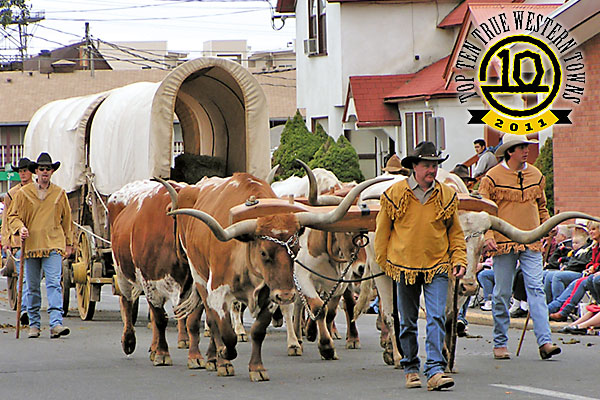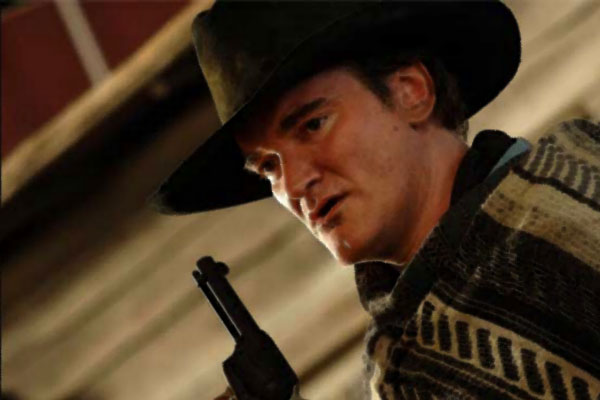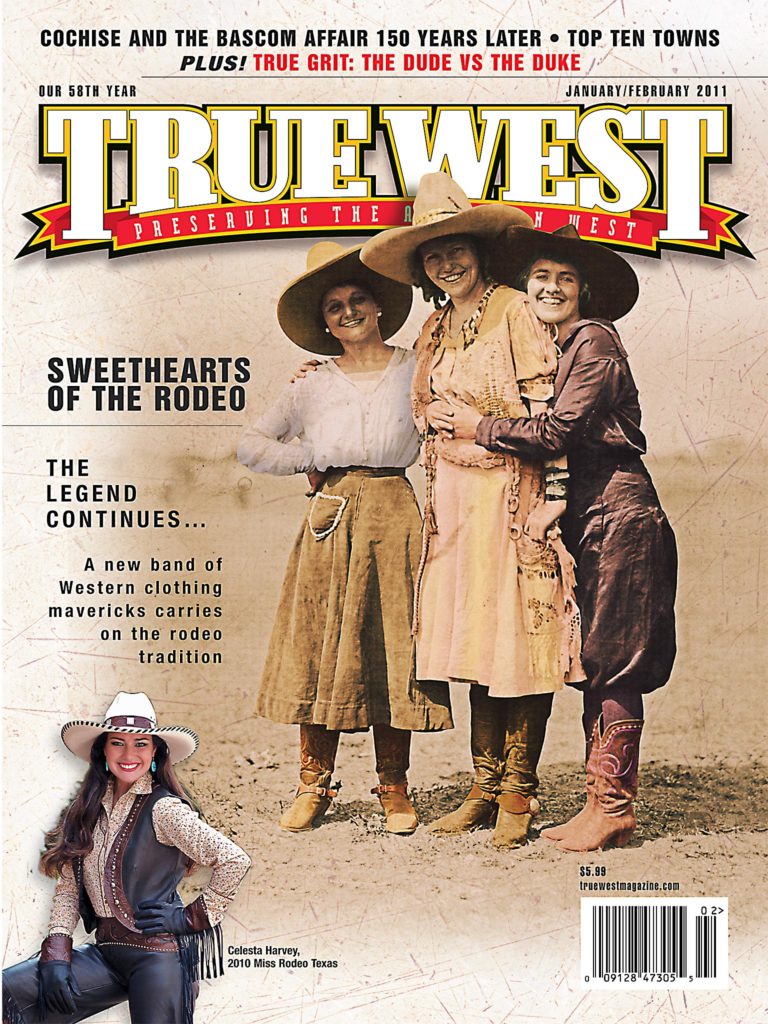5. DURANGO, CO
Durango is almost synonymous with trains, specifically, the Durango & Silverton Narrow Gauge Railroad, which celebrates its 130th anniversary this year.
In fact, Durango pretty much owes its existence and success to railroads.
The Animas Canyon Toll Road, a wagon road completed in 1877, wound through the San Juan Mountains and forest, connecting the mining town of Silverton with the commerce center of Animas City. Yet the road was not the most efficient route in the world.
Enter the Denver & Rio Grande Railway, which decided to connect the towns by train … more or less. In 1880, the company set up its town a mile south of Animas and called it Durango. The tracks were laid by 1882, and the railroad immediately began hauling passengers, freight and lots of precious metal worth an estimated $300 million over the years. (By the way, the first depot in Durango—built in 1882—is still in service.)
Durango survived not only a major fire in 1889, but also the mines playing out. Over time, the scenic area became a popular tourist destination. Western writing legend Louis L’Amour even owned a ranch just west of town (which his family still operates). The writer regularly booked a room above the 1887 Strater Hotel’s Diamond Belle Saloon to write his books.
The Strater is a landmark among landmarks on Main Avenue. The area—34 acres and more than 80 buildings—is a National Historic District with a true Old West feel. Durango is currently in the middle of a 20-year program to redevelop and preserve the downtown area.
The crux of the downtown project is to find new uses for old structures. For example, last December saw the completion of the Durango Discovery Museum. Previously, the building had been the country’s oldest surviving, coal-fired, steam-generated AC power plant. A $2.5 million fundraising effort converted the site into an interactive science and energy center.
New construction also helps preserve and present the past. This May, the Southern Ute Cultural Center & Museum will be opening up just outside Durango. The $35 million project will house more than 1,500 artifacts and the research archives of anthropologist Marvin Oppler, who worked with the Southern Utes in the 1930s.
Ongoing projects include the free Main Avenue Trolley, which travels throughout historic downtown. And the Streetscape Program provides new tree planting and signage for the area, and is working on an energy efficient, LED street light program.
All of these efforts help draw visitors to Durango’s many Western events—including the Cowboy Gathering, Durango Heritage Celebration, Rocky Mountain Horse Expo, Railfest, the Hozhoni Pow Wow and a couple of rodeos. A lot of Old West fun can be had in this town of less than 14,000 people.
We still have one concern, which we mentioned last year when Durango was a “Town to Watch.” The U.S. Forest Service proposes to turn part of the old Animas Canyon Toll Road into a golf course. Preservationists are still fighting the proposal. As of this writing, the project is still up in the air. We sure hope the citizens fight this tooth and nail, and prevent the destruction of the very road that led the town on its path to railroad success.
For the most part, Durango is headed down the right track in preserving and showing off its heritage.





